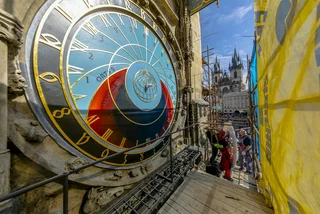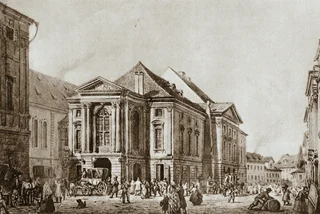Clam-Gallas Palace, an important but neglected landmark in Prague’s city center, is regaining its original beauty after over three years of restoration work and repairs. Wolfgang Amadeus Mozart performed in the Baroque-style palace when he was in Prague, and the city hopes to capitalize on the building’s cultural connections for tourism.
The revitalization project should cost about CZK 460 million and the first restored section should open to the public this summer. The palace is located on Husova Street in Prague's Old Town, with one side facing towards Mariánské náměstí, City Hall and the Klementinum.
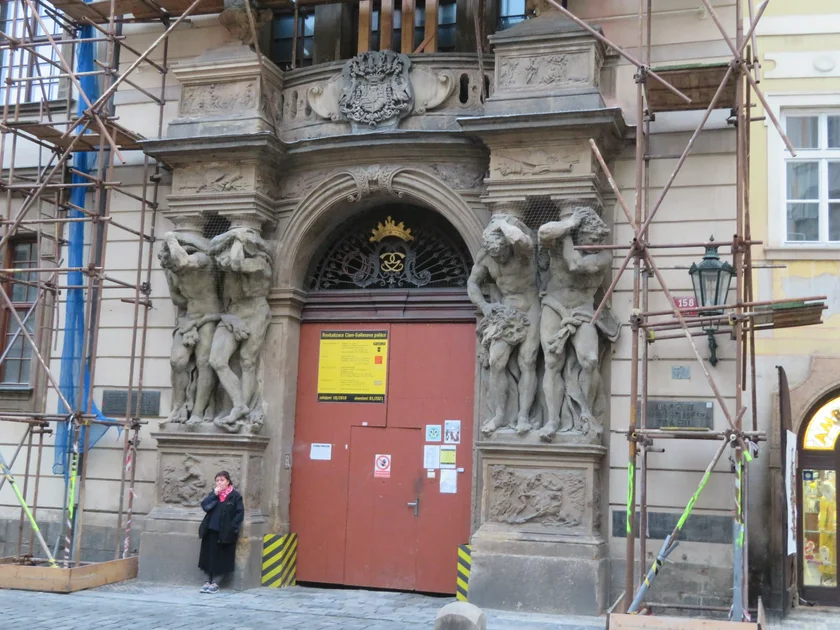
"We want to make Mozart and his legacy more present in the capital and strengthen Prague's position on the cultural map of Europe. We definitely have something to offer in the field of classical music,” City Councilor Hana Třeštíková, responsible for culture and tourism, said.
Mozart is the most well-known musician to leave a mark on the city, but not the only one. “Czech history is also proud of names such as Josef Mysliveček, Bedřich Smetana, Leoš Janáček and many others. We will be very happy if we manage to turn this rich potential into a concrete result,” she added.
In the 18th century, Clam-Gallas Palace was a center of cultural and social life for the city’s elite. The building had its own private ballroom, a concert hall, and a theater built into the complex. Mozart and soprano Josefína Dušková reportedly performed there on 1787, and Ludwig van Beethoven followed suit in 1796.
The palace should return to its original purpose in some respects. It will become the only Baroque palace in Prague fully accessible to the public. After the renovation, the City Museum of Prague should launch a major Baroque exhibition here. Other areas should house a restaurant, a café, or a gallery shop. The city could then use part of the space for social and cultural events.
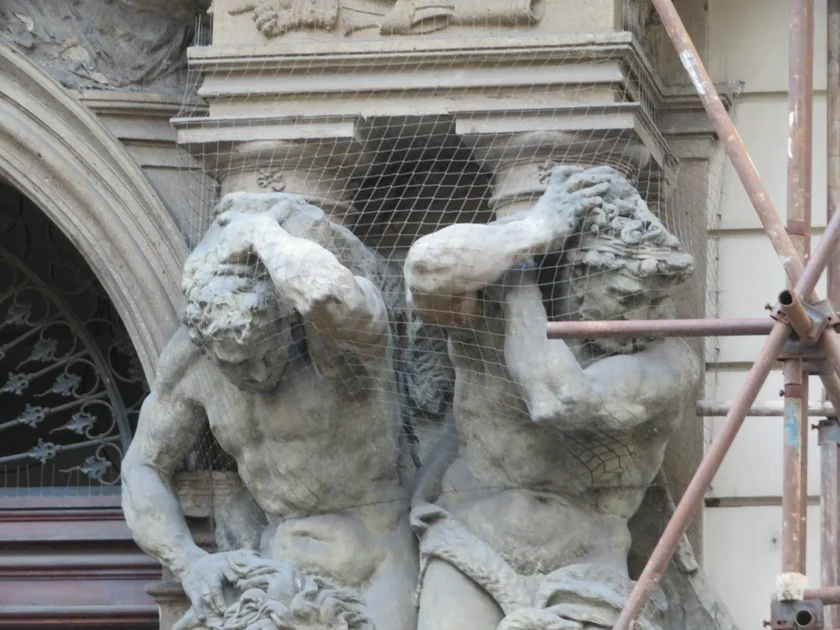
“The most technologically demanding part of the reconstruction was static intervention in the portals. During the renovation work, it was discovered that both portals could fall into Husova Street because the load-bearing wooden elements were in such poor condition. They were sensitively replaced by a steel structure, so from the point of view of statics, everything is now in order,” Lukáš Stránský, director of Prague City Hall’s services department, said.
The massive stone portals include sculpted Atlantean figures. Similar mythological themes run throughout the original decoration in the interior and exterior. While the building’s history starts in the 14th century, the current look dates to the early 1700s, with work on extensions going into the 1790s. The main architect was Johann Bernhard Fischer von Erlach, famous for his work in Vienna. Sculptural work, including on the portals, was mostly done by Matyáš Bernard Braun, who also designed three of the statues on Charles Bridge.
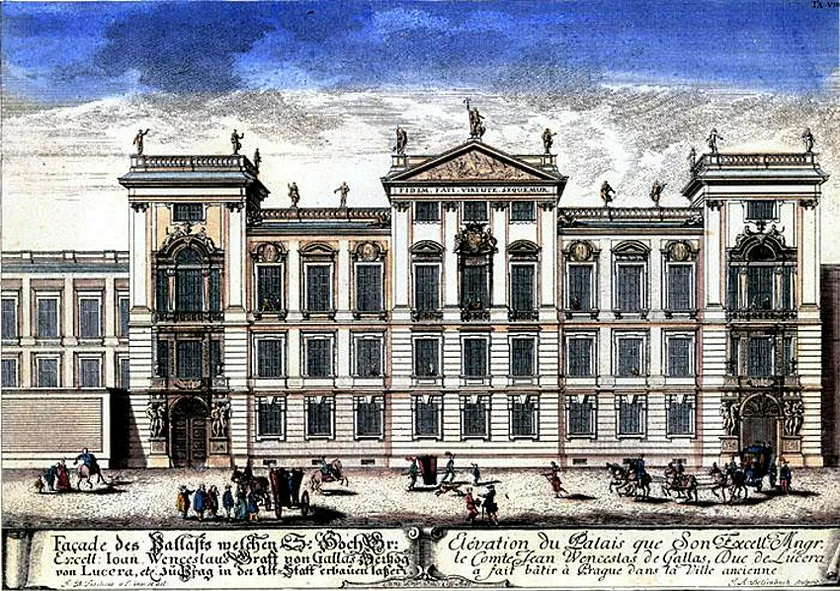
The building is named for the Clam-Gallas family, a branch of a noble family from south Austria. The family line died out in 1930. At the time that Mozart and Beethoven performed there, the palace was owned by Kristián Kryštof Clam-Gallas, the highest marshal of the Czech crown and chairman of the Society of Patriotic Friends of Art.
Once the current renovations are complete, the capital wants to make this palace complex in the historical center of the city more accessible to Praguers, who have not had much opportunity to visit it in recent years.
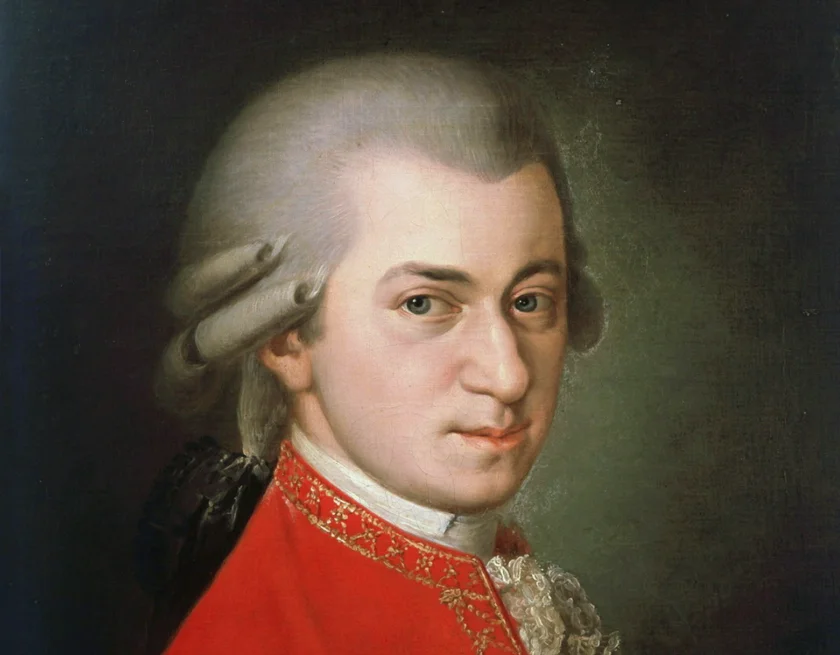
PARTNER ARTICLE
Mozart visited Prague five times between 1787 and 1791. He performed several notable works in the city including the premieres of the operas “Don Giovanni” and “La clemenza di Tito,” both at the Estates Theatre. He also performed on the organ at various churches and on piano or harpsichord at private residences. City Councilor Třeštíková said more can be done to capitalize on this legacy.
“We are in contact with the organizers of the two largest music events in Salzburg, and we will look for and support suitable forms of cooperation that will lead to a world-class music event. Praguers and our city deserve it, “Třeštíková said.
Other places associated with Mozart, aside from the Estates Theatre, include the museum at Betramka, the Church of Sts. Simon and Jude, Strahov Monastery, Thun Palace in Malá Strana (now the British Embassy), and the House at the Three Golden Lions (U Tří zlatých lvů), a building on Uhelný trh that used to be an inn.












 Reading time: 3 minutes
Reading time: 3 minutes 


